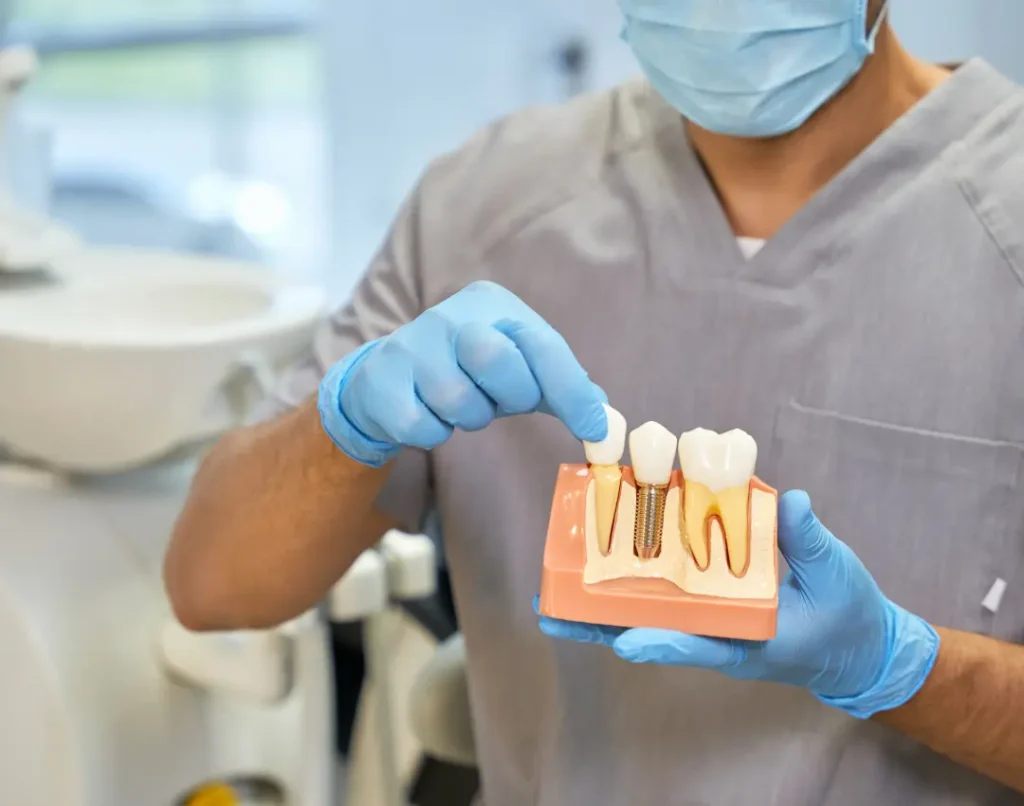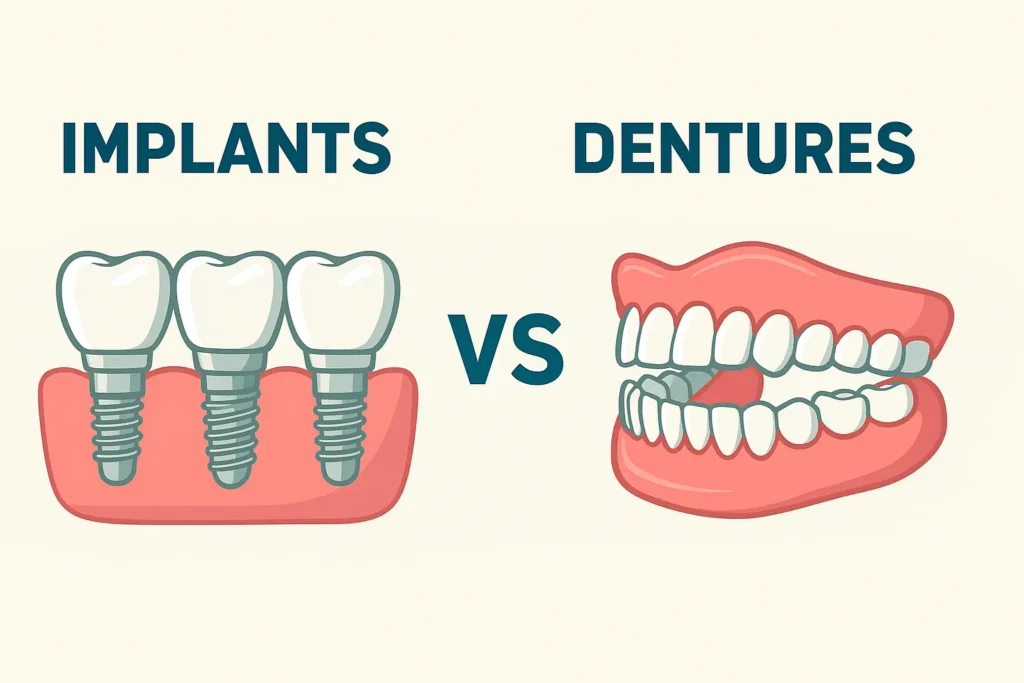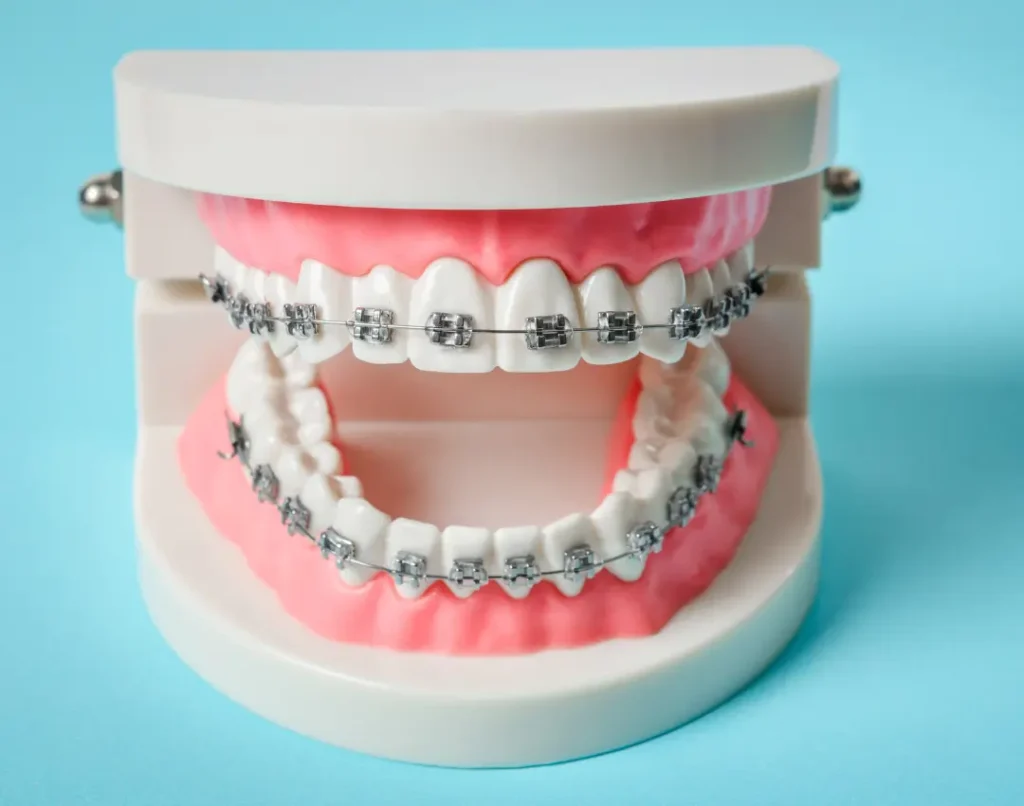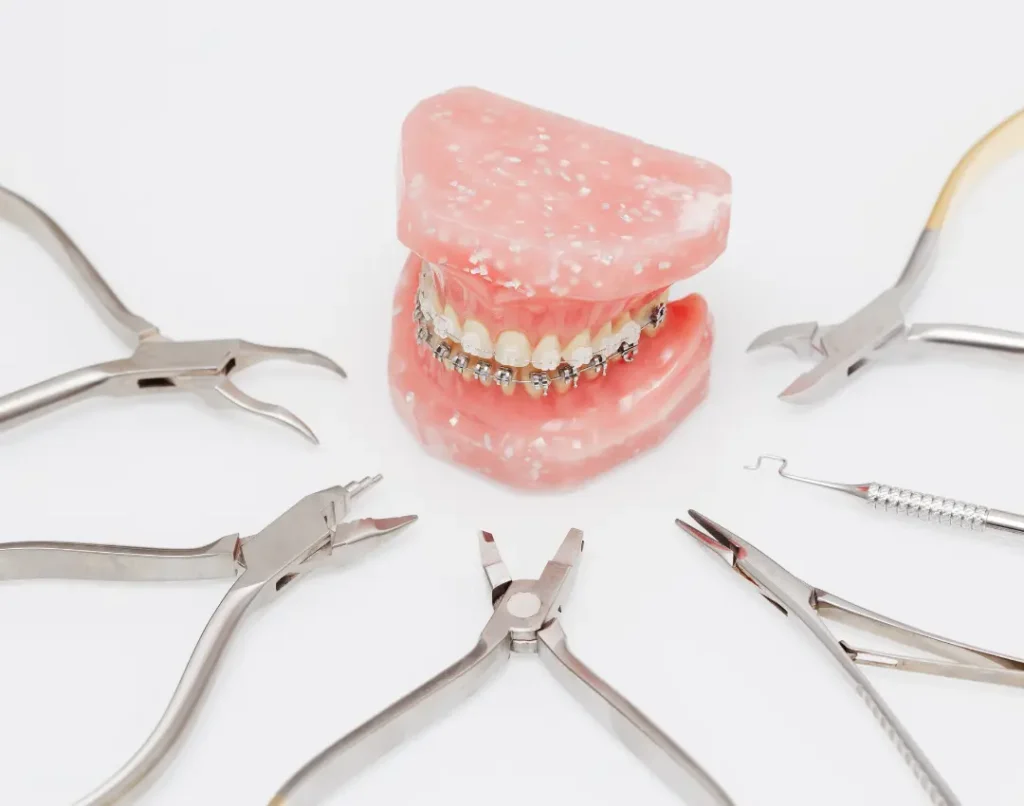Do your gums bleed every time you brush? Is there a black hole in your tooth that just won’t stop hurting?
These issues can feel overwhelming, but the good news is solutions are available!
From simple fixes to advanced different types of oral surgeries, your path to a healthy, pain-free smile is closer than you think.
In this blog, we’ll tackle common dental problems, explore when surgery might be necessary, and provide practical tips to help you feel confident in seeking treatment.
Ever had that nagging toothache that just won’t quit? Also, some people have tooth sensitivity that flares up whenever you sip your favourite hot coffee or bite into something cold. Some of you might have experienced it at some point in time. It’s not just annoying—it’s your tooth’s way of saying, “Hey, I need some attention!”
Let’s talk about the usual suspects. If you’re feeling constant pain, noticing sensitivity to hot or cold, or even spotting a small black hole (yes, the infamous “cavity”), it’s time to listen to your teeth. These symptoms are often red flags for something bigger brewing beneath the surface.

Chances are, you’re dealing with one of these:
Think of your tooth like a house. If there’s a crack in the foundation, ignoring it won’t make it go away—it’ll only get worse.
So, what’s the fix?
Quick TipHere’s the golden rule: don’t wait! Tooth pain is like a tiny crack in your phone screen—it might not seem urgent at first, but it can spiral into something bigger if left untreated. The sooner you act, the better your chances of saving your tooth and avoiding surgery altogether. |
But tooth pain isn’t the only dental issue that might need a closer look. What about bleeding gums or swollen tissues? Let’s dive into that next!
Have you ever brushed your teeth and noticed a little pink in the sink? Or maybe your gums feel sore or look puffier than usual? It’s easy to brush (pun intended) these signs off, but your gums might be trying to tell you something important.
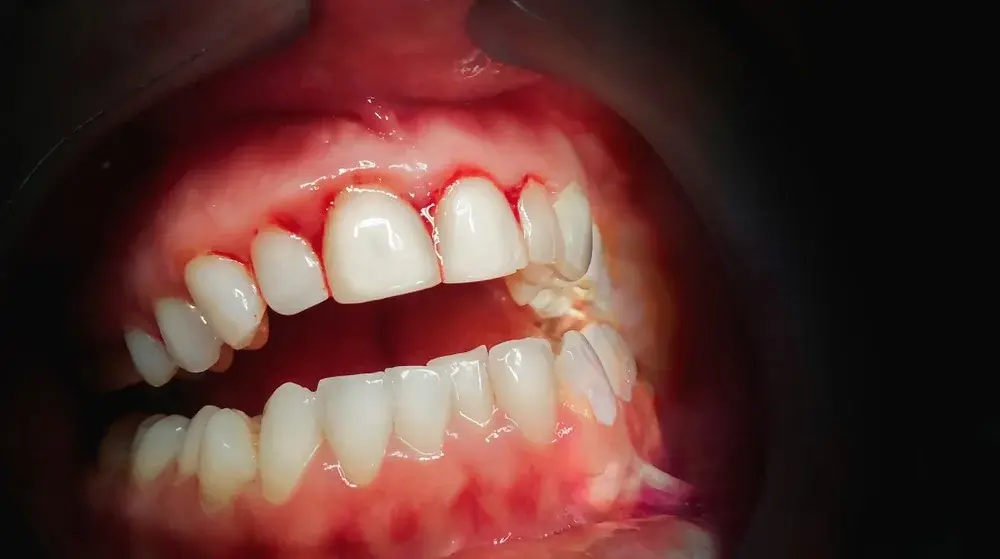
Bleeding gums are one of those things that many people ignore—until it becomes impossible to. Here’s what to watch out for:
These symptoms might seem harmless, but they’re often the early signs of gum disease knocking on your door.
Gum disease doesn’t just appear out of nowhere. It usually starts with plaque buildup—that sticky film on your teeth that turns into a problem if not cleaned properly. This can lead to:
Think of it like a crack in the pavement—if left alone, it can spread and cause bigger structural issues.
Here’s the good news: gum problems can often be treated without surgery.
As dentists, we help determine the best approach based on how advanced the issue is.
Quick TipSwitch to a soft-bristle toothbrush to avoid irritating your gums further. And if the bleeding persists despite better oral care, it’s time to schedule a check-up. |
Of course, bleeding gums aren’t the only sign of trouble. Let’s talk about something that might hit a little closer to home for many: missing teeth.
Have you ever felt self-conscious about a gap in your smile? Or maybe chewing feels awkward because something’s missing? A missing tooth isn’t just a cosmetic issue—it can affect how you eat, speak, and even the health of your remaining teeth.
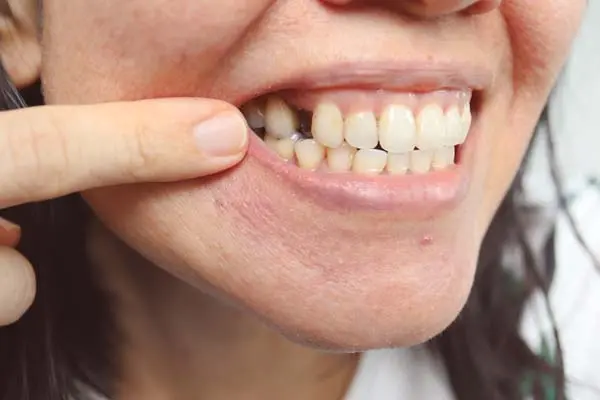
It’s pretty obvious when you’re missing a tooth, but the ripple effects might surprise you:
What starts as one missing tooth can eventually lead to bigger issues, like bone loss or misaligned teeth.
Missing teeth can happen for a variety of reasons, such as:
Whatever the cause, leaving a gap untreated can lead to long-term problems like jawbone deterioration or uneven pressure on your other teeth.
Here’s where modern dentistry steps in with some fantastic options:
For many, implants are the gold standard. They not only fill the gap but also help maintain the health of your jawbone.
Quick TipDon’t wait too long to address a missing tooth. The longer you delay, the more likely you are to experience bone loss or shifting teeth. Talk to your dentist to find the best solution for your smile—and your confidence! |
Next up, let’s look at an issue that can be both annoying and painful: jaw pain or clicking.
Does your jaw click when you chew? Or maybe you’ve noticed a dull ache around your ears or trouble opening your mouth wide? Jaw pain can sneak up on you and turn everyday activities—like eating or talking—into a challenge.

Here are some telltale signs that your jaw might need some attention:
These symptoms often point to an issue with your temporomandibular joint (TMJ), the hinge that connects your jaw to your skull.
Jaw pain can result from several underlying issues, including:
Think of your jaw like a door hinge—when it’s not working smoothly, you start noticing creaks, jams, or resistance.
Luckily, jaw pain is treatable, and surgery is rarely the first option.
Quick TipIf you experience persistent jaw pain, avoid hard or chewy foods that can aggravate the joint. Practice gentle jaw exercises and consult your dentist if symptoms don’t improve—it’s better to address the issue before it worsens. |
Speaking of things that shouldn’t be ignored, let’s move on to a more serious concern: lumps or growths in the mouth.
Have you noticed a strange lump, sore, or swelling in your mouth that just won’t go away? It’s easy to ignore at first, but if it lingers, it could be your body’s way of signalling a deeper issue.
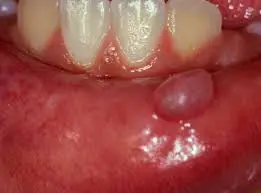
Unusual growths in the mouth can show up in a variety of ways:
Even if it’s not painful, any lump or growth in the mouth should be checked out—it’s always better to be safe.
There are several reasons why you might notice a lump or unusual growth, including:
Think of it like a warning light on your car dashboard—it doesn’t always mean something serious, but it’s a sign to get things checked.
The treatment depends on what’s causing the growth, but surgery often plays a key role:
The key is early detection—addressing the issue early can make a big difference in the outcome.
Quick TipDon’t panic, but don’t delay. Any lump or growth that doesn’t resolve within two weeks should be evaluated by a dentist or oral surgeon. Early intervention is the best way to protect your health. |
Lumps aren’t the only dental issue that can sneak up on you. Let’s take a step back and talk about how to know when oral surgery is truly the right choice.
Hearing the word “surgery” can feel overwhelming. But here’s the good news: not every dental issue needs surgery. In fact, many problems can be handled with non-invasive treatments that are quick and straightforward.
Worried about whether surgery is really necessary? You’re not alone. The truth is, we always try to explore non-surgical options first. For example:
But if surgery does come up as a recommendation, it’s because it’s often the most effective way to protect your oral health in the long term. Think of it like fixing a leaky roof—sometimes, a small patch won’t cut it, and a bigger repair is needed to prevent further damage.
Here’s the thing about modern oral surgeries: they’re not as scary as they sound. With today’s advanced techniques and tools:

As dentists or oral surgeons we walk you through every step, ensuring you feel comfortable and confident about the process.
Deciding between surgery or non-surgical treatment can feel like a big decision, but you’re not in it alone. We guide you toward the best solution for your specific needs. And remember, taking that first step to address your dental concerns is always the right move. Ready to take the next step? Let’s look at what to do next!
So, you’ve read through the common dental problems and solutions. Now, what’s next? Here’s how you can take action and get on the path to a healthier, pain-free smile:
If you’re dealing with any of the symptoms we’ve discussed—like persistent tooth pain, bleeding gums, or even a missing tooth—it’s time to act. Problems like these rarely go away on their own, and the sooner you see a dentist, the easier the solution is likely to be.
Feeling unsure about a recommended treatment? That’s completely normal. Your dentist is there to help, so don’t hesitate to ask questions like:
The more you know, the more confident you’ll feel about making the right choice for your health.
Here’s the secret to avoiding many dental problems in the first place: great oral hygiene, Brushing, flossing, and regular dental visits are your first line of defense against everything from cavities to gum disease.
Taking these steps puts you in control of your dental health. So, what are you waiting for? Your smile deserves the best care! And if you’re still wondering whether surgery is the right choice, remember—you don’t have to decide alone. Your dentist is your partner in this journey.
Your smile is more than just part of your appearance—it’s a big part of your confidence and well-being. You can leave pain, discomfort, and worry behind with the right care and treatment. Whether it’s something as simple as a deep cleaning or a surgical procedure, taking that first step toward better oral health is always worth it.
Dental problems don’t have to hold you back. Modern dentistry has come a long way, and solutions are more effective, comfortable, and tailored to your needs than ever before.

